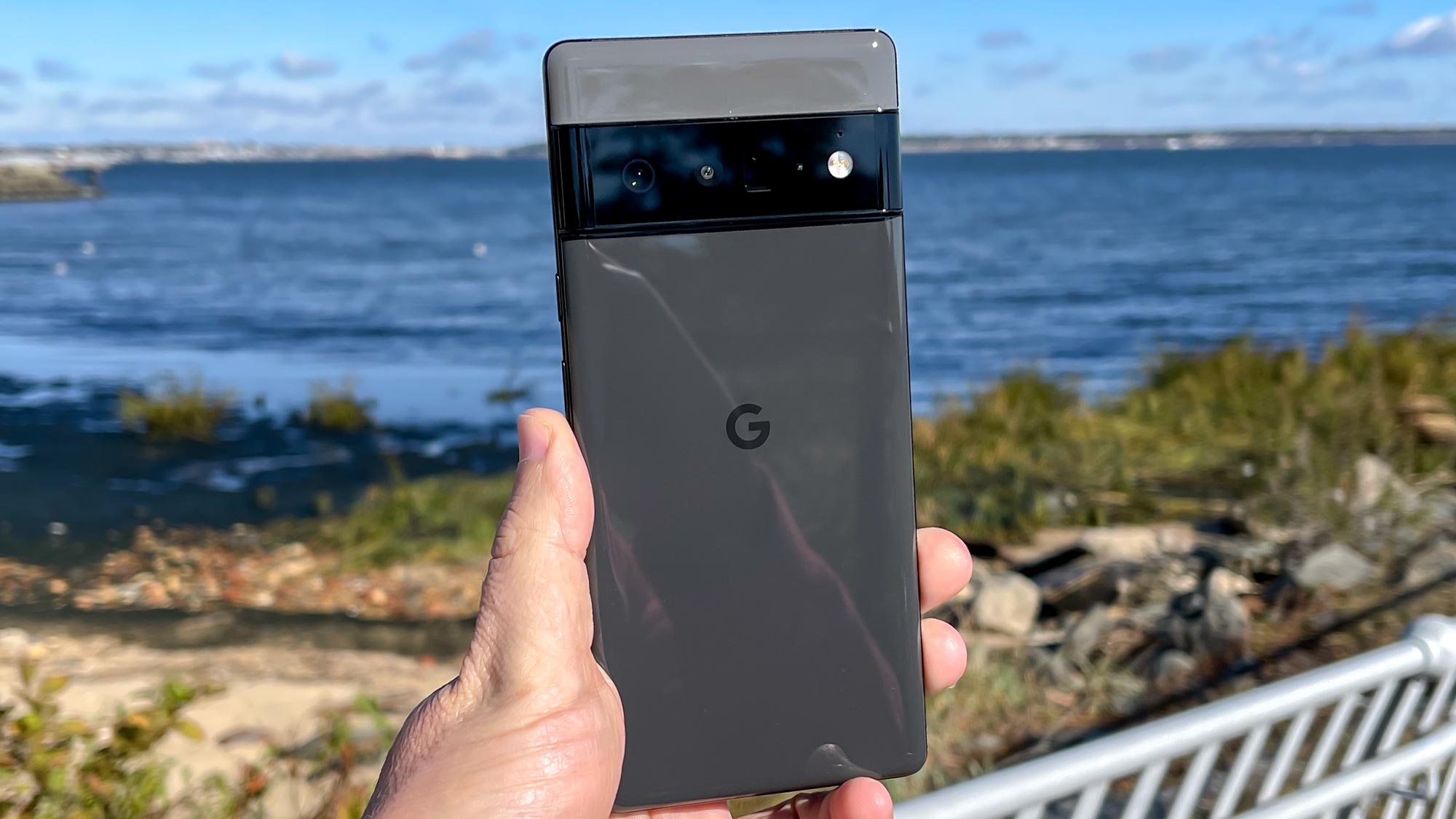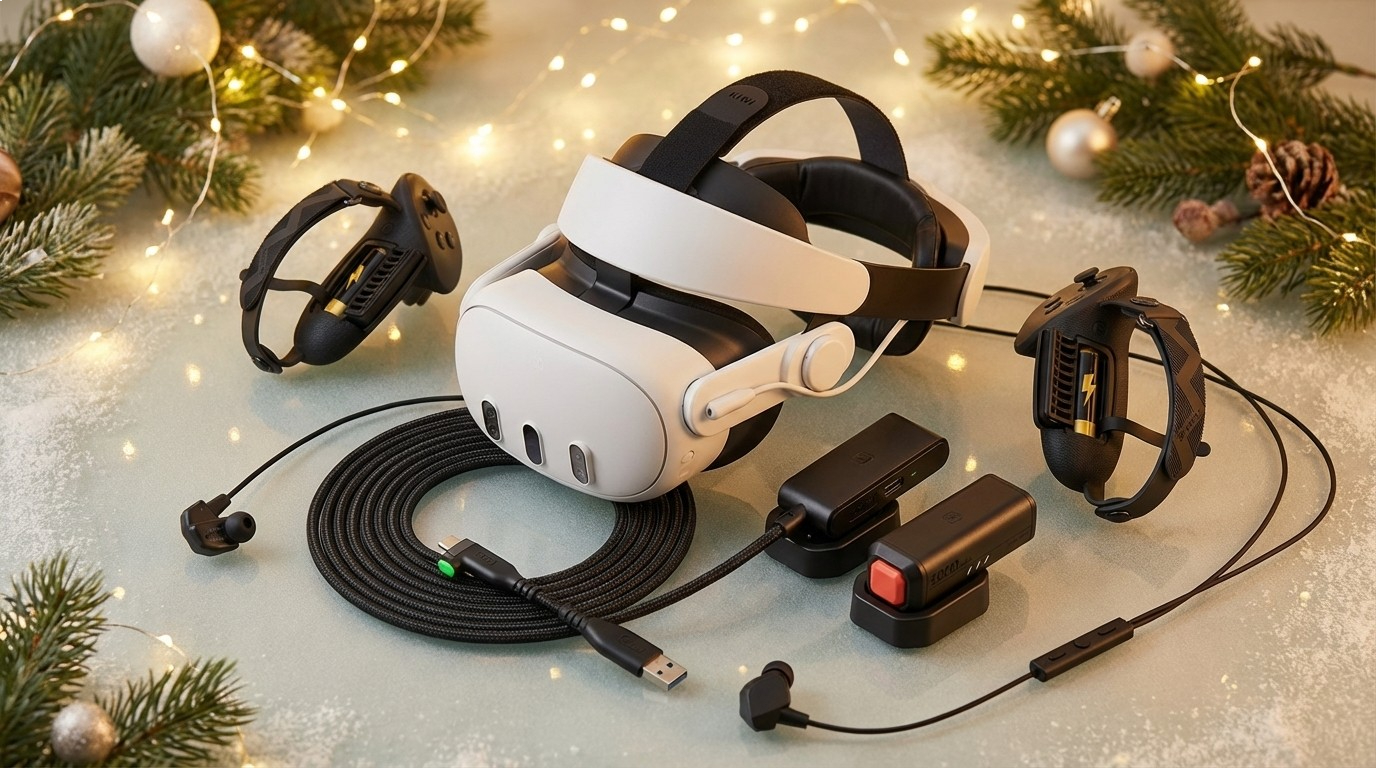The Google Pixel 6 Pro could be Samsung Galaxy S22 Ultra’s worst nightmare
The Google Pixel 6 Pro has nearly everything you want in a big-screen phone, and that's the problem

If the rumors prove true, the Samsung Galaxy S22 Ultra will debut early next year to much fanfare. Based on the leaks, we’re talking a sleek Galaxy Note-like design — complete with S Pen slot — powerful cameras and an Exynos 2200 chip with AMD RDNA 2 graphics power.
There’s just one problem: the Google Pixel 6 Pro. Google’s new flagship has practically everything you need from a big-screen phone for a fairly affordable $899 price. The Galaxy S22 Ultra will likely cost hundreds more, which could cause many to wonder if the “Ultra” premium is worth it.
- The best phones right now
- Samsung Galaxy S22: Everything you need to know
- Plus: Galaxy S22 Ultra key specs just tipped
If you take a look at the Pixel 6 Pro, Google has cut very few corners to get to its aggressive price. You get a very capable triple camera system that compromises a 50MP main sensor, 12MP ultra-wide and 48MP telephoto with 4x optical zoom and 20x Super Res zoom.
Meanwhile, a new Galaxy S22 Ultra camera leak says it will pack an improved 108MP main camera, a 12MP ultra wide and dual 10MP telephoto lenses. The Galaxy S21 Ultra already had the Pixel beat with its 100x Space Zoom, and I don’t see that changing for the S22 Ultra.
However, Samsung’s computational photography game is not as strong as Google’s. And I’m not just talking about image processing. Google has introduced new features with the Pixel 6 Pro that really flex the AI muscles of the new Tensor chip.
For example, the Pixel 6 Pro’s Motion mode can blur the background or moving objects with its Action Pan and Long Exposure features. And the Magic Eraser mode is super compelling, letting you remove photo bombers from your pics along with any other unwanted items. It’s amazing even if it’s not flawless.
To be fair, Samsung has offered special camera modes and photo editing modes of its own, but they have not been as compelling, such as Single Take. Director’s View is pretty cool though, which lets you record using the front and back cameras at the same time.
Get instant access to breaking news, the hottest reviews, great deals and helpful tips.
The Pixel 6 Pro compares favorably to the current Galaxy S21 Ultra in other ways. You get a 6.7-inch, 120Hz OLED display, compared to 6.8 inches and a 120Hz refresh rate for the Samsung. The S22 Ultra is tipped to offer the same size panel and same refresh rate.
As for performance, the rumored new Snapdragon 898 (U.S. models) and Exynos 2200 chip (international model) for the Galaxy S22 Ultra should be more powerful than the Tensor chip inside the Pixel 6 Pro. But the Pixel 6 Pro is plenty fast in everyday use and when playing games. Plus, the Tensor chip beat the Galaxy S21 Ultra in certain Pixel 6 benchmarks, such as our video editing test and in 3DMark, though it trailed on Geekbench.
The biggest drawback is the Pixel 6 Pro battery life. On the Tom’s Guide web surfing battery life, the new Pixel lasted less than 8 hours, compared to 11:25 for the Galaxy S21 Ultra. This is despite both phones packing 5,000 mAh batteries. So the S22 Ultra should stay ahead on endurance.
So how much more will the Galaxy S22 Ultra be really worth? The current Galaxy S21 Ultra is $1,199, which is $300 more than the Pixel 6 Pro. And I don’t anticipate that the S22 Ultra will be cheaper. It could just be that the new Pixel will be the good-enough big-screen phone.
The bottom line is that the Galaxy S22 Ultra will really have to wow to justify the delta between it and a very fierce rival.
More from Tom's Guide
- Google Pixel 6 vs Pixel 6 Pro: Biggest differences explained
- The best Black Friday deals right now
Mark Spoonauer is the global editor in chief of Tom's Guide and has covered technology for over 20 years. In addition to overseeing the direction of Tom's Guide, Mark specializes in covering all things mobile, having reviewed dozens of smartphones and other gadgets. He has spoken at key industry events and appears regularly on TV to discuss the latest trends, including Cheddar, Fox Business and other outlets. Mark was previously editor in chief of Laptop Mag, and his work has appeared in Wired, Popular Science and Inc. Follow him on Twitter at @mspoonauer.

